Renewable energy is more than just technology; it’s a beacon of hope for our planet. Every new development in this field represents a step closer to a cleaner, healthier future. People everywhere are eager to find ways to reduce their carbon footprint, and these innovations are making that possible.
As we explore these top 15 innovations, it’s clear that the future of renewable energy is bright. These advancements are not only practical but also deeply inspiring. They show us that with creativity and determination, we can tackle the challenges of climate change head-on. Each innovation brings us closer to a sustainable world where clean energy is the norm.
15 Renewable Energy Innovations (Short Description):
- Advanced Solar Photovoltaics: Solar panels that convert sunlight into energy more efficiently.
- Floating Solar Farms: Solar panels on water bodies that save space and boost efficiency.
- Offshore Wind Turbines: Wind turbines placed in oceans for stronger and more reliable energy.
- Energy Storage Solutions: Batteries that store excess renewable energy for later use.
- Hydrogen Fuel Cells: Technology that generates electricity from hydrogen with only water as waste.
- Wave and Tidal Energy: Energy harnessed from the natural movement of ocean waves and tides.
- Geothermal Energy: Using the Earth’s heat to generate continuous renewable energy.
- Bioenergy Innovations: Producing energy from organic materials like plants and waste.
- Smart Grids and Microgrids: Systems that efficiently distribute and manage renewable energy.
- Carbon Capture and Storage (CCS): Capturing carbon emissions and storing them underground to reduce pollution.
- Electric Vehicles (EVs) and Renewable Energy Integration: EVs powered by renewable energy, reducing fossil fuel dependence.
- Agrivoltaics: Combining solar energy with farming to maximize land use.
- Artificial Intelligence in Renewable Energy: AI optimizing the production and distribution of renewable energy.
- Blockchain for Renewable Energy Trading: Blockchain enabling direct trading of renewable energy among users.
- Hybrid Renewable Energy Systems: Combining different renewable sources for more reliable energy.
1. Advanced Solar Photovoltaics
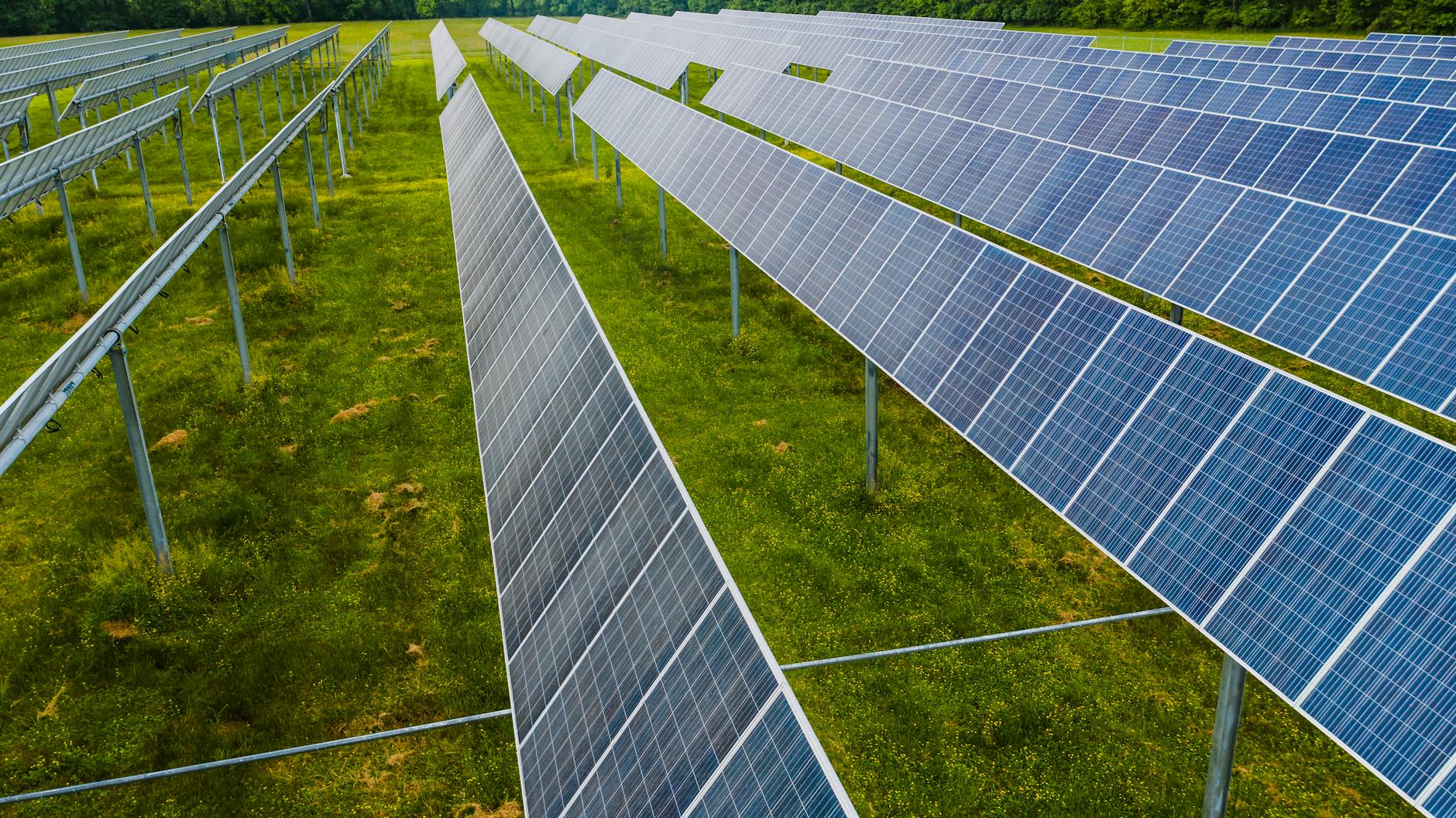
Solar energy has seen remarkable progress. New materials like perovskite are boosting solar panel efficiency. These panels now capture more sunlight and convert it into energy more effectively.
In real-world applications, we see these advanced photovoltaics powering homes and businesses alike. For example, in Germany, solar farms equipped with these panels are contributing significantly to the national grid.
Research and development continue to push the boundaries. With each new breakthrough, solar energy becomes more affordable and efficient.
Read more: What is a photovoltaic system and how does it work?
2. Floating Solar Farms
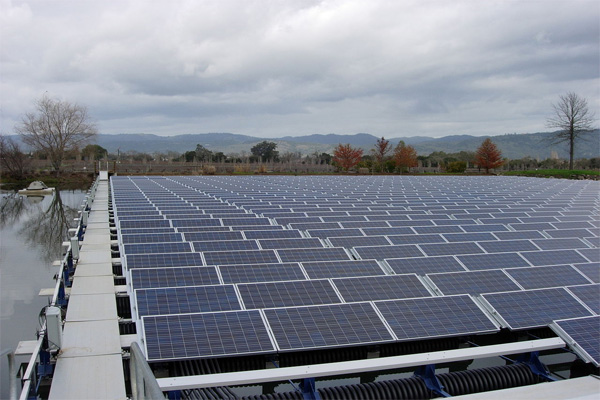
Traditional solar farms take up a lot of land. Floating solar farms offer a solution. By placing solar panels on bodies of water, we can generate energy without using valuable land. This approach also helps reduce water evaporation and keeps the panels cool, improving efficiency.
Countries like Japan and China are leading the way with large-scale floating solar farms. These installations are providing clean energy to thousands of homes. The technology is rapidly spreading to other regions as its benefits become clear.
The success of floating solar farms is a game-changer for renewable energy. It opens up new possibilities for energy generation, especially in areas with limited land resources.
3. Offshore Wind Turbines
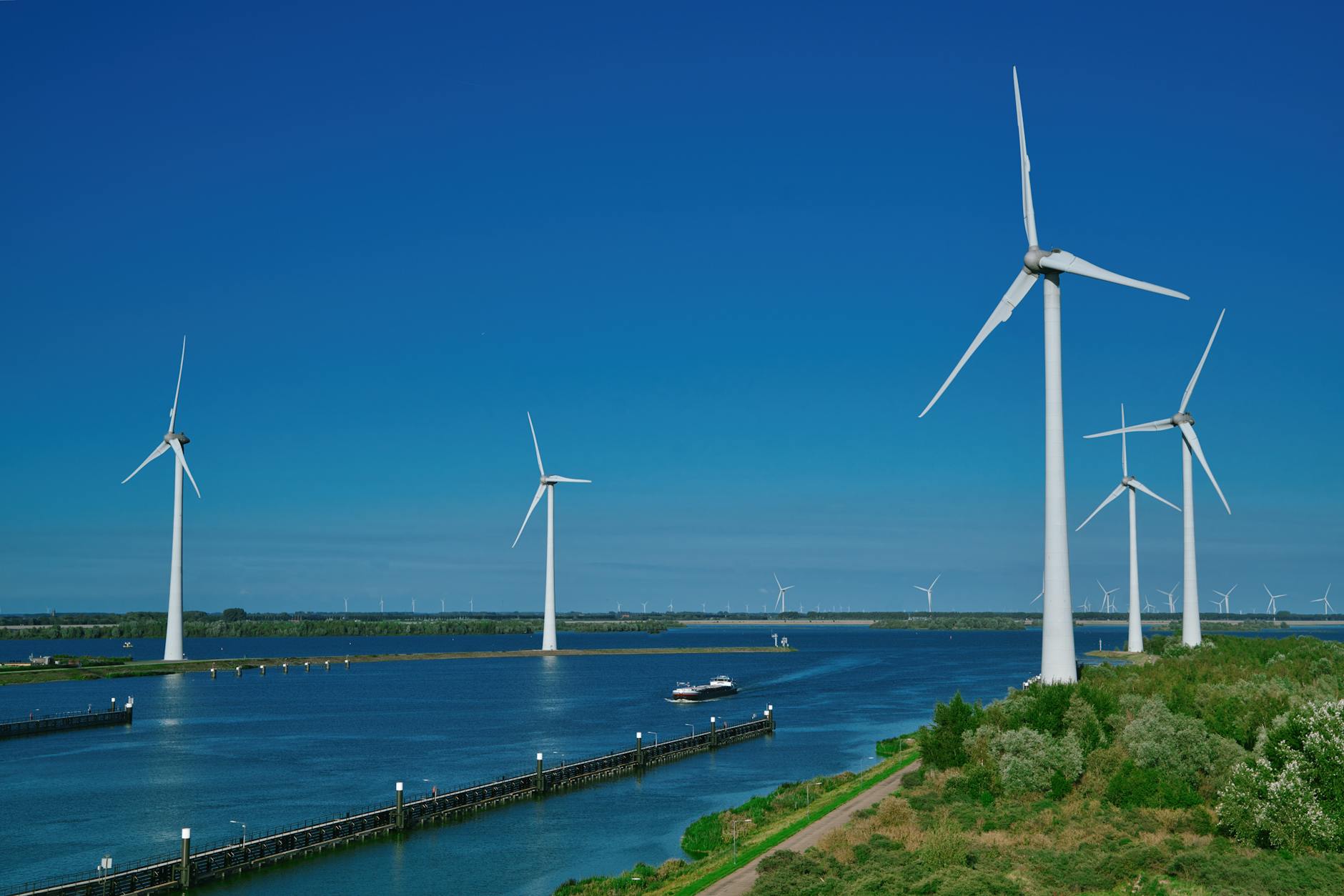
Wind energy is not new, but offshore wind turbines are taking it to the next level. These turbines are placed in the ocean, where winds are stronger and more consistent. This leads to more reliable energy production compared to onshore turbines.
Europe is a leader in offshore wind energy, with projects in the North Sea generating significant amounts of power. These turbines are massive, standing taller than skyscrapers, and they are built to withstand harsh marine conditions.
Offshore wind turbines are set to play a major role in the future of renewable energy. They have the potential to provide clean power to millions of people, reducing the need for fossil fuels and lowering carbon emissions.
Read More: 15 Most Influential Scientists of All Time
4. Energy Storage Solutions
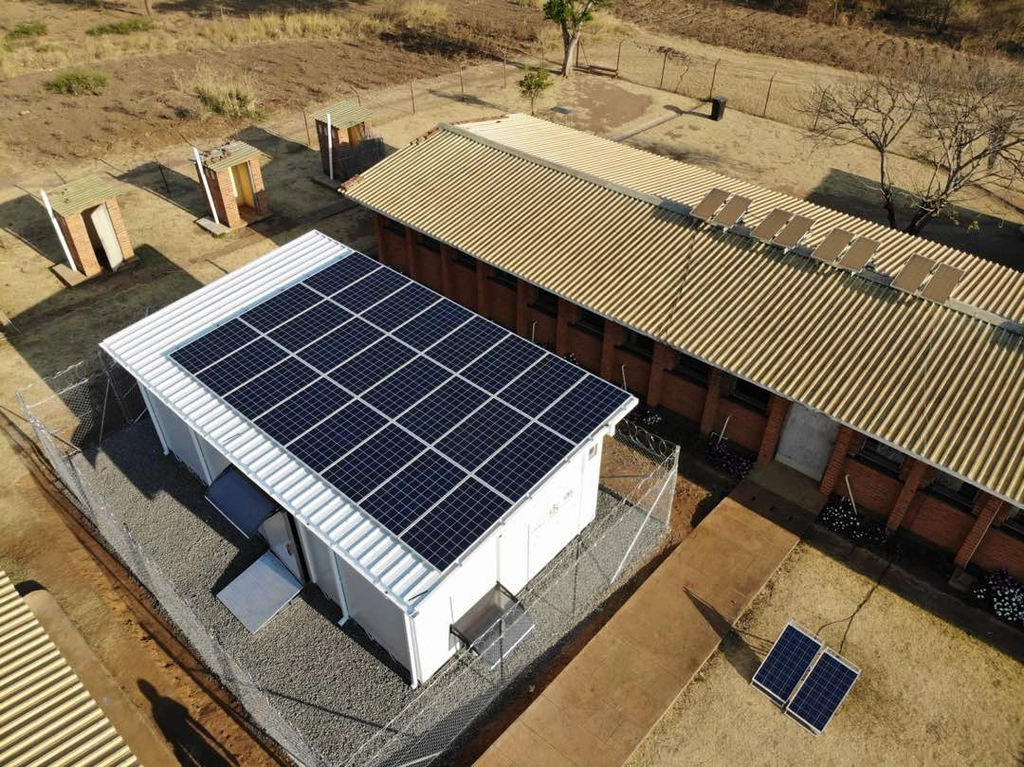
Renewable energy is great, but it’s not always available when we need it. That’s where energy storage comes in. Advanced battery technologies, like solid-state batteries, are making it possible to store energy more efficiently and for longer periods.
Energy storage systems are becoming a key part of renewable energy projects. For instance, in California, large-scale battery installations are helping to balance the grid and provide power during peak demand.
The development of new storage solutions is vital for the growth of renewable energy. As these technologies improve, we can expect to see even more widespread adoption of renewable energy sources.
Read More: 15 Jaw-Dropping Plant and Flower Facts That Will Amaze You
5. Hydrogen Fuel Cells
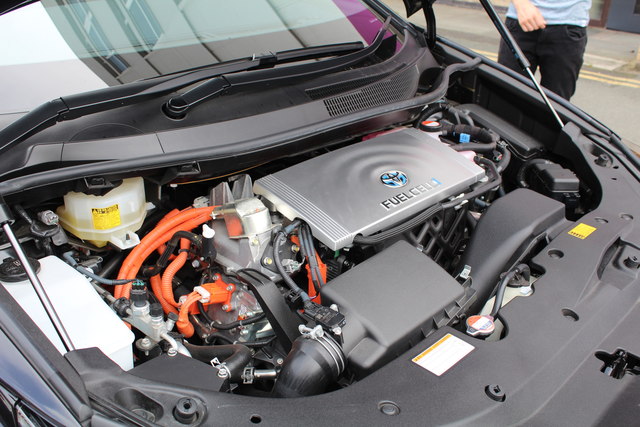
Hydrogen fuel cells are another exciting innovation in renewable energy. These cells use hydrogen, produced from renewable sources, to generate electricity. They produce only water as a byproduct, making them a clean and sustainable option.
Hydrogen fuel cells are being used in a variety of applications, from powering vehicles to providing energy for buildings. Japan, for example, is investing heavily in hydrogen technology as part of its energy strategy.
As the technology advances, hydrogen fuel cells could become a major part of our energy mix. They offer a versatile and environmentally friendly alternative to traditional energy sources.
Read more: What is a Hydrogen Fuel Cell and How Does it Work?
6. Wave and Tidal Energy
The ocean is a powerful source of energy. Wave and tidal energy technologies are coupling this power to generate electricity. These technologies are still in the early stages, but they have the potential to provide a significant amount of clean energy.
Projects in countries like Spain, Italy and Portugal are leading the way. These projects are demonstrating the viability of wave and tidal energy on a larger scale.
Wave and tidal energy offer a unique advantage. Unlike solar and wind, they provide a constant source of power, making them an attractive option for energy generation.
7. Geothermal Energy

Geothermal energy is another reliable source of renewable energy. It taps into the Earth’s natural heat to generate electricity. Enhanced geothermal systems (EGS) are the latest innovation in this field, allowing us to access geothermal energy in more locations.
Geothermal energy is being used in various parts of the world, from Iceland to Indonesia. It provides a steady and continuous supply of energy, making it a valuable addition to our energy mix.
The development of EGS technology is opening up new possibilities for geothermal energy. Its reliability and low environmental impact make it a promising option for the future.
Read More: Top 15 AI Applications That Are Revolutionizing Industries
8. Bioenergy Innovations
Bioenergy is derived from organic materials, such as plants and waste. Recent innovations are making bioenergy more efficient and sustainable. For example, algae-based bioenergy is emerging as a promising alternative to traditional biofuels.
In many countries, bioenergy is being used to power homes and businesses. It’s also being used in transportation, with biofuels reducing carbon emissions from vehicles.
Bioenergy has the potential to play a significant role in reducing our dependence on fossil fuels. As the technology continues to improve, we can expect to see more widespread adoption of bioenergy solutions.
Read more: 3 Breakthroughs Show How Bioenergy Innovations are Energizing the Energy Landscape
9. Smart Grids and Microgrids
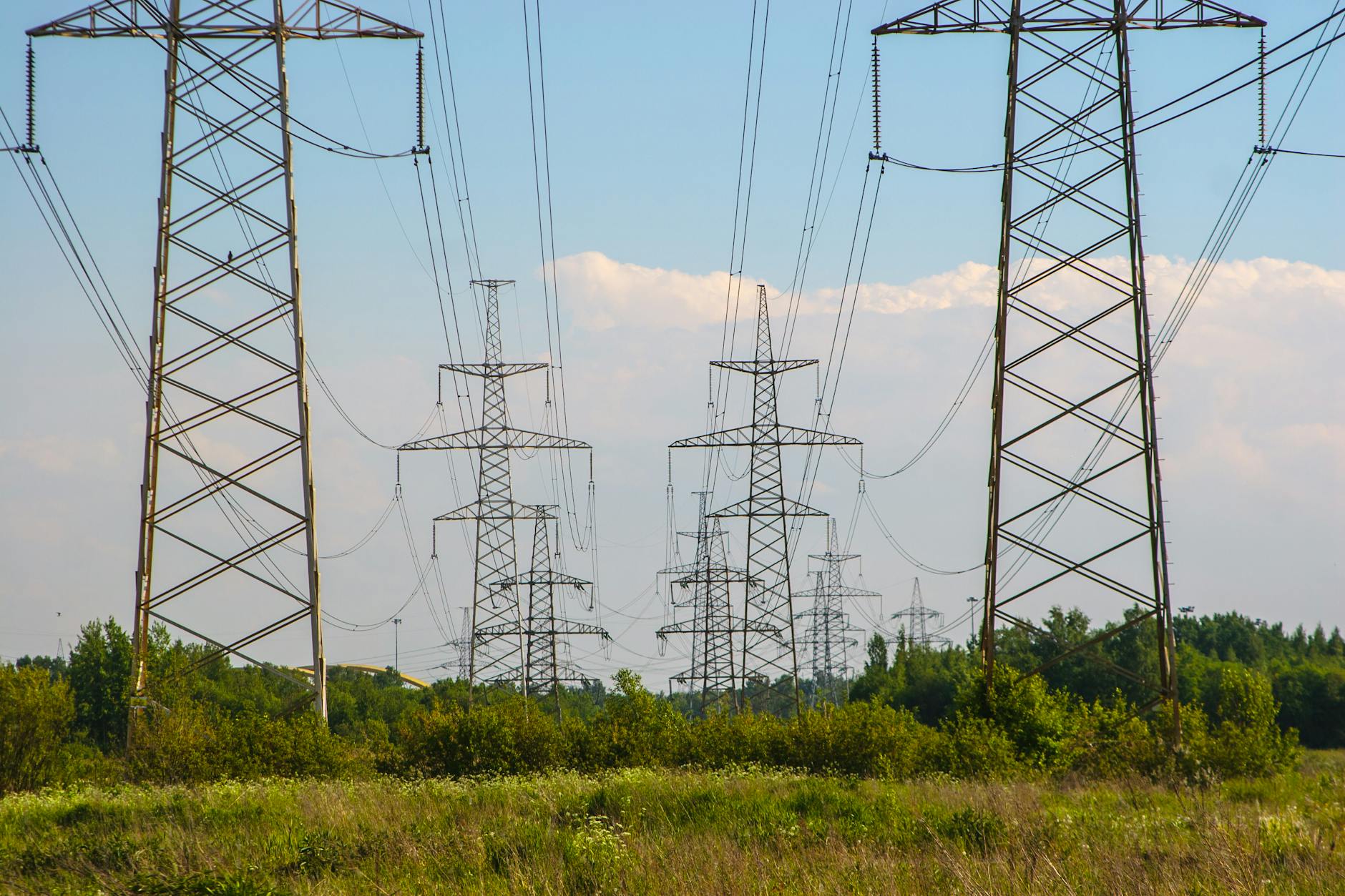
Renewable energy requires smart systems to manage it effectively. Smart grids and microgrids are revolutionizing how we distribute and use energy. These systems use advanced technology, like AI and IoT, to optimize energy distribution.
In various parts of the world, smart grids are being implemented to manage the growing amount of renewable energy. Microgrids, which can operate independently from the main grid, are also becoming more common.
The integration of smart grids and microgrids is crucial for the future of renewable energy. They ensure that energy is used efficiently and effectively, reducing waste and improving reliability.
10. Carbon Capture and Storage (CCS)
Carbon capture and storage (CCS) is a technology that captures carbon dioxide emissions and stores them underground. This innovation is helping to reduce the impact of fossil fuels while we transition to renewable energy.
Several CCS projects are already in operation, capturing millions of tons of carbon dioxide each year. This technology is being integrated with renewable energy sources to create cleaner energy solutions.
The development of CCS technology is a key step in reducing greenhouse gas emissions. By capturing and storing carbon, we can significantly reduce the environmental impact of energy production.
Read More: Green Technology: 15 Awesome Innovations for a Better Planet
11. Electric Vehicles (EVs) and Renewable Energy Integration
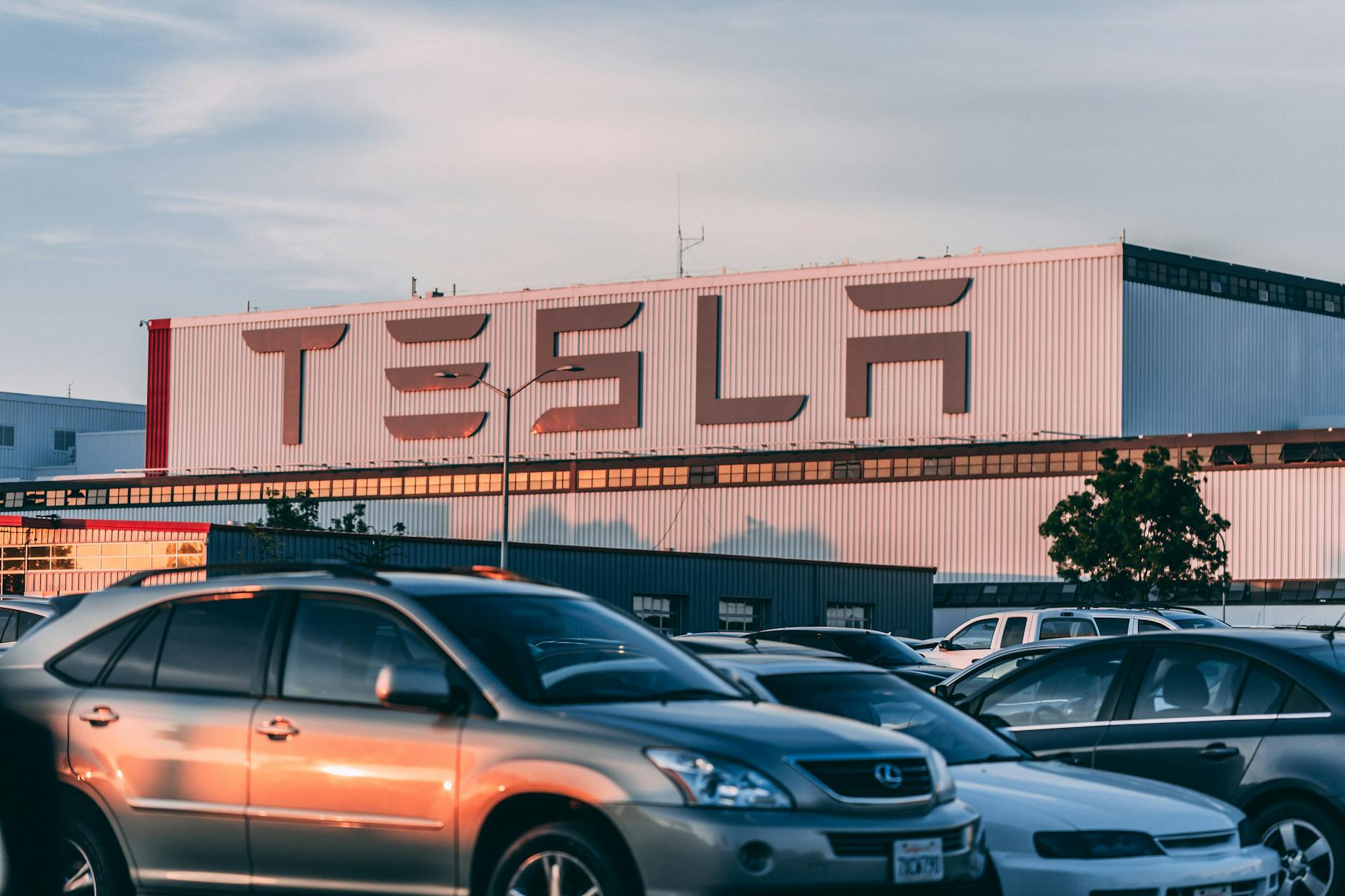
Electric vehicles (EVs) are becoming more popular, and their integration with renewable energy is a significant innovation. By charging EVs with renewable energy, we can reduce our reliance on fossil fuels even further.
Many countries are investing in EV infrastructure, with charging stations powered by solar and wind energy. This integration is helping to create a cleaner and more sustainable transportation system.
The rise of vehicle-to-grid (V2G) technology is also playing a role in this transformation. As EV adoption grows, their integration with renewable energy will become increasingly important.
Read More: Impact of AI: 15 Key Facts You Must Know About AI’s Influence on Our World
12. Agrivoltaics
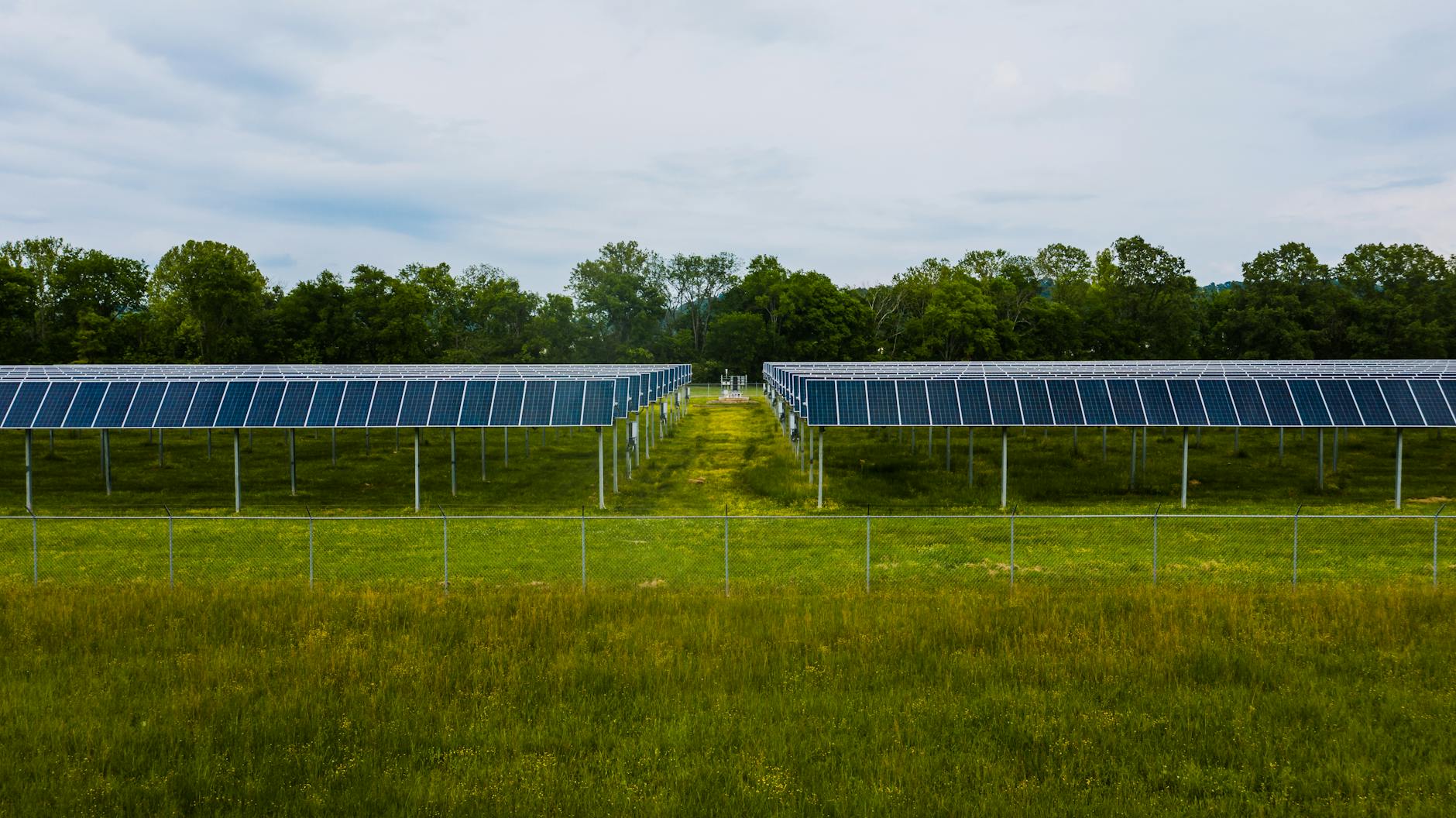
Agrivoltaics is the practice of combining agriculture with solar power generation. This innovative approach allows farmers to generate energy while growing crops, providing a dual benefit.
Agrivoltaics systems are being implemented in various parts of the world. They offer a way to maximize land use, particularly in areas where space is limited. The energy generated can be used to power farming operations or be sold to the grid.
The success of agrivoltaics is helping to make renewable energy more accessible in rural areas. It’s an innovative solution that benefits both the environment and the agricultural industry.
Read more: Agrivoltaics: cultivating solar energy to build a more sustainable future
13. Artificial Intelligence in Renewable Energy
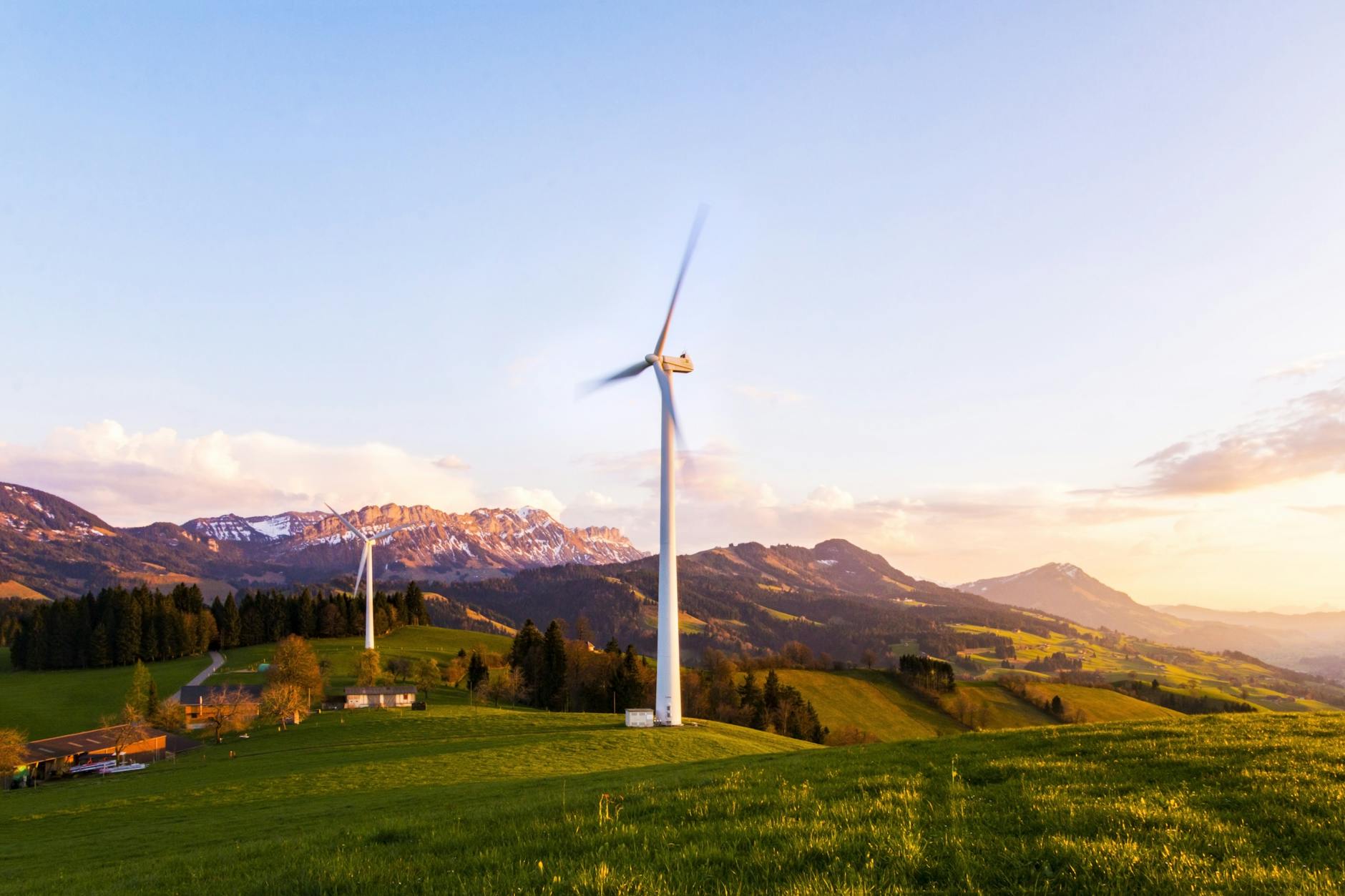
Artificial intelligence (AI) is playing an increasingly important role in renewable energy. AI is being used to optimize energy production, manage grids, and improve the efficiency of renewable energy systems.
For instance, AI can predict energy demand and adjust production accordingly. This helps to reduce waste and ensure a stable energy supply. In addition, AI is being used for predictive maintenance, reducing downtime and improving the reliability of renewable energy systems.
The use of AI in renewable energy is helping to make these systems more efficient and reliable. As AI technology continues to advance, its role in renewable energy will only grow.
14. Blockchain for Renewable Energy Trading
Blockchain technology is being used to revolutionize energy trading. It allows for peer-to-peer energy trading, where individuals can buy and sell energy directly with each other.
Several projects around the world are using blockchain for energy trading. These projects are helping to reduce the cost of energy and make it more accessible.
The use of blockchain in renewable energy trading is opening up new possibilities. It’s an innovation that could transform the way we buy and sell energy, making it more efficient.
15. Hybrid Renewable Energy Systems
Hybrid renewable energy systems combine different renewable sources, such as solar and wind, to create a more reliable and efficient energy solution.
These systems take advantage of the strengths of each energy source to maximize energy production. Hybrid systems are being used, particularly in remote areas where a single energy source may not be sufficient.
They offer a way to provide consistent and reliable power, even in challenging conditions. The development of hybrid renewable energy systems is helping to make renewable energy more reliable.
Final note:
Renewable energy is the key to a sustainable future. The innovations we’ve discussed are proof that we’re moving in the right direction.
The journey isn’t over, but with these innovations leading the way, we are well on our path. Together, we can ensure that the world we pass on to the next generation is a world powered by clean, sustainable energy.
15 FAQ’s ( Frequently Asked Questions):
-
What are the latest trends in renewable energy?
The latest trends include advanced solar panels, offshore wind turbines, and energy storage solutions.
-
How do floating solar farms help in energy production?
Floating solar farms save space and increase efficiency by placing solar panels on water bodies.
-
Why are offshore wind turbines becoming popular?
Offshore turbines are popular because they harness stronger, more consistent winds.
-
How do energy storage solutions work?
They store excess energy produced by renewables for use when production is low.
-
What is a hydrogen fuel cell?
A hydrogen fuel cell generates electricity by combining hydrogen and oxygen, producing only water as a byproduct.
-
Is wave energy reliable?
Yes, wave energy is reliable because it harnesses the continuous movement of ocean waves.
-
What makes geothermal energy sustainable?
Geothermal energy is sustainable because it uses the Earth’s natural heat, which is always available.
-
How is bioenergy produced?
Bioenergy is produced from organic materials like plants and waste, making it a renewable energy source.
-
What are smart grids?
Smart grids are advanced systems that manage and distribute energy efficiently, improving reliability.
-
How does carbon capture and storage (CCS) reduce pollution?
CCS captures and stores carbon emissions underground, preventing them from entering the atmosphere.
-
How are electric vehicles connected to renewable energy?
Electric vehicles can be powered by renewable energy, reducing their carbon footprint.
-
What is agrivoltaics?
Agrivoltaics is the practice of using land for both solar energy production and agriculture.
-
How does AI help in renewable energy?
AI helps optimize the production and management of renewable energy, making systems more efficient.
-
What role does blockchain play in renewable energy?
Blockchain enables peer-to-peer trading of renewable energy, creating a decentralized energy market.
-
What are hybrid renewable energy systems?
Hybrid systems combine different renewable energy sources to create a more reliable and efficient power supply.




